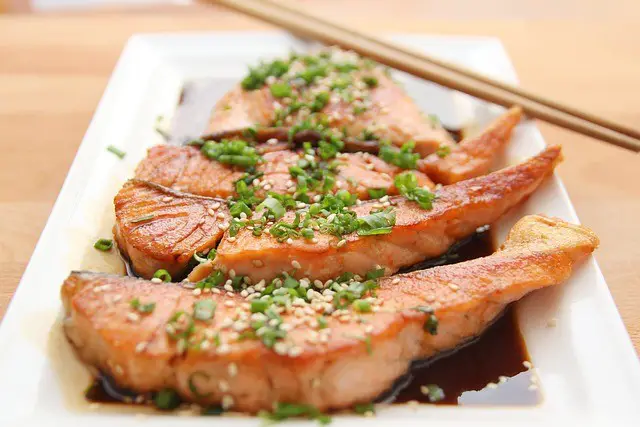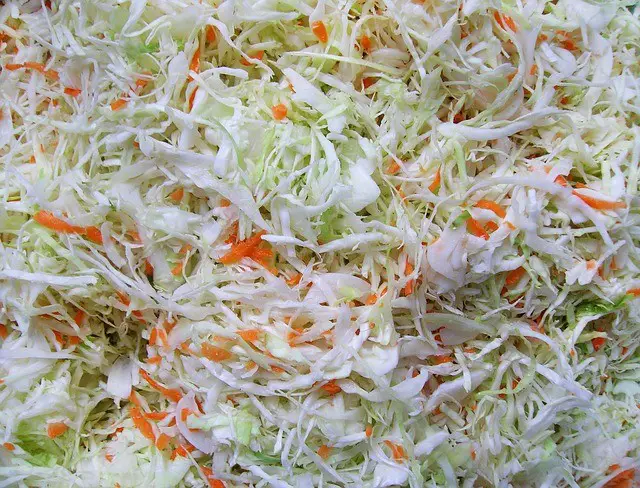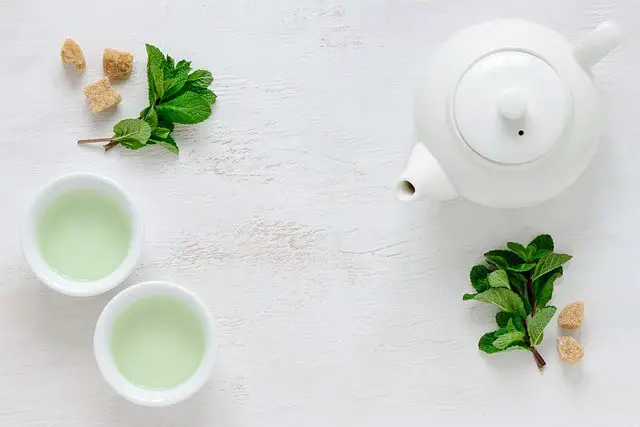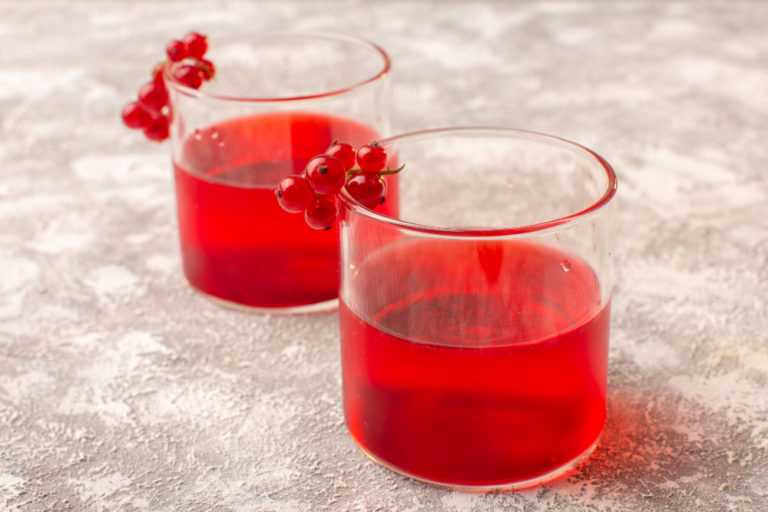There are so many diets that have been considered healthy. What you choose to eat contributes to your overall health. The quality of your food plays a significant role in improving your overall health.
An important nutrient for your health is cholesterol. You could be skeptical about this considering the bad press cholesterol has gotten over the years. But there is good type of cholesterol that won’t affect your heart’s health.
If you’re struggling with high cholesterol levels, it is important to eat foods that will lower your blood lipids. Even if you have a good lipid profile, your diet can help keep your lipid profile in check.
Fish, is one of the foods that can regulate your blood cholesterol levels. However, not all fish are the same. They all contain different types and amounts of cholesterol with different functions in your body.
Considering the role blood cholesterol has to play in cardiovascular disease pathophysiology, we need to know the healthiest fish to eat to keep up a good lipid profile. This low cholesterol fish list will be your guide to choosing the healthiest fish to eat for hypercholesterolemia.
Cholesterol Overview

Let’s do a recap on cholesterol, shall we? Cholesterol is a fatty substance produced by your liver (70%) and found in your diet (30%). Its major roles in the body include the production of sex hormones, cell manufacturing, bile synthesis, and processing of vitamin D.
The types of cholesterol include:
- Low-density lipoprotein (LDL cholesterol): Referred to as bad cholesterol, this type is the one associated with risks of heart disease. This cholesterol is difficult to digest, and when left in the body, it is deposited on the walls of your blood vessels increasing blood pressure.
The deposit (plaque) can break off the walls of your blood vessels and once it’s circulating in your blood, can block major blood vessels leading to a stroke or heart attack.
There are two types of bad cholesterol: the large buoyant LDL that is fluffy and less dangerous to your heart health and the small dense LDL that is small and numerous and pose a bigger threat to your heart health.
- High-density lipoprotein (HDL cholesterol): Referred to as the good cholesterol, this type rounds up the bad cholesterol and transports it to the liver for reprocessing or excretion.
- Triglycerides: Triglycerides are another type of cholesterol from your diet. Having a high triglyceride level lowers good cholesterol and raises bad cholesterol increasing your risk of heart disease.
Fats Overview
You need to keep in mind the types of fat in your diet and how they affect your cholesterol level. This will help you determine how eating fish will affect your blood cholesterol.
- Trans fats: These are the bad kind of fat that is found in most processed and refined foods like convenience or junk foods. Excess consumption of these fats is not good for your heart.
- Saturated fats: Here’s where most people get confused. Saturated fats are not bad, if you eat them in moderation. There are good kinds of saturated fats like omega-3 fatty acids and medium-chain triglycerides (MCTs).
- Unsaturated fats: Monounsaturated fatty acids (MUFAs) and polyunsaturated fatty acids (PUFAs) are considered the best kind of fats. Food high in MUFAs and PUFAs includes olive oil, avocado oil, fatty fish, seafood, nuts, and seeds.
Does Fish Have Low Cholesterol?

Allow me to mention that cholesterol is not bad, and it has an important role in the body. The type of fats we consume will determine whether we have good or bad cholesterol in our bodies. All fish contain some cholesterol, and fats as well that can help you regulate your cholesterol levels.
The good thing about eating fish is you will get some cholesterol, but they are low in saturated fats. The saturated fats in fish are a good kind that can help improve your lipid profile. Omega 3 fatty acids and MCTs are fats in fatty fish that can lower cholesterol by reducing serum levels of bad cholesterol and raising those of good cholesterol.
It is recommended to consume fish at least twice a week, especially fatty fish, by the American Heart Association like salmon, sardines, and trout which are high in omega 3s.
Because contaminants like mercury and polychlorinated biphenyls (PCBs) find their way into our water bodies and are consumed by fish who live there, it is not advisable to eat fish regularly to avoid risks that arise from consuming these contaminants.
The Environmental Protection Agency has issued a health advisory to children, and pregnant and lactating women to avoid the following fish that have high levels of mercury contamination:
- King mackerel
- Swordfish
- Tilefish
- Shark
Low Cholesterol Fish List
Now that we know that all fish contain cholesterol, we need to know which fish to eat to combat diseases of the heart. Oily kinds of fish are recommended as a substitute for red meat since they are rich in healthy fats.
What is the Healthiest Fish You Can Eat?
The following are considered the healthiest fish to eat to manage high cholesterol levels:
Salmon (Wild caught)
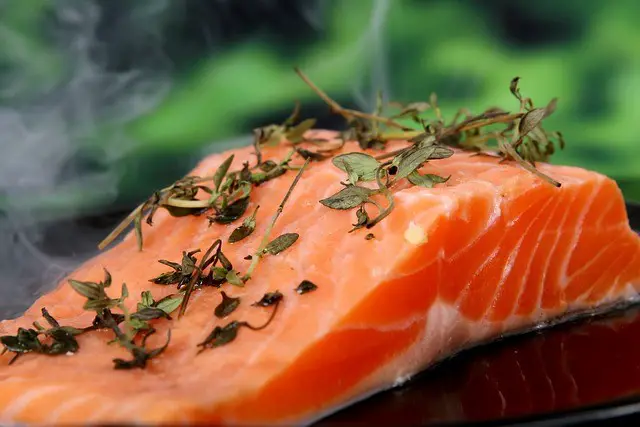
Salmon is the most popular fish. Most people rave about the benefits of eating salmon, especially wild salmon. Salmons are rich in omega-3 fatty acids, vitamin D, and calcium which are essential for managing cholesterol.
A 100 g serving of Salmon will give you 10.4 g of fat and 50 mg of cholesterol.
You have probably heard that the Alaskan wild-caught salmon is the best. These specific oily fish are in the spotlight because of the management of the Alaskan Salmon fishery. There are marine biologists camped at river mouths counting how many wild fish return to spawn. If the numbers are low the fishery is closed, just like the Chinook fisheries were closed.
The close monitoring of Alaska salmon fisheries and the strict quotas in place allows for careful management of water quality, making this wild-caught salmon the healthiest fish to eat.
Wild Caught Vs Farm Raised
Wild-caught salmon are those in their natural habitat trying to swim to their ancestral spawning waters. Farmed salmon are reared in open net pens. Wild-caught salmon is preferred because it is exposed to few contaminants.
Most farmed salmon and those labeled Atlantic salmon are reared in tightly packed pens increasing their risks of parasites and disease. Farm salmon are fed antibiotics and refined fish foods which makes them less nutrient dense and have a lower omega-3 fatty acids content.
The wild-caught oily fish is more expensive compared to the farm-raised variety but is a better choice.
Freshwater Coho Salmon
This is the only farm-raised salmon that is considered healthy. According to the Monterey Bay Aquarium’s Seafood Watch, all the other farmed salmon are to be avoided. Unlike other farmed salmon, Coho salmon are reared in closed pens and are rarely fed making them less exposed to parasites and other environmental impacts.
Consumer pressure is encouraging more farmers to pick up better rearing practices to reduce the number of contaminants in farm salmon. A 3-ounce serving of coho salmon contains 1,025 mg of cholesterol.
Tuna
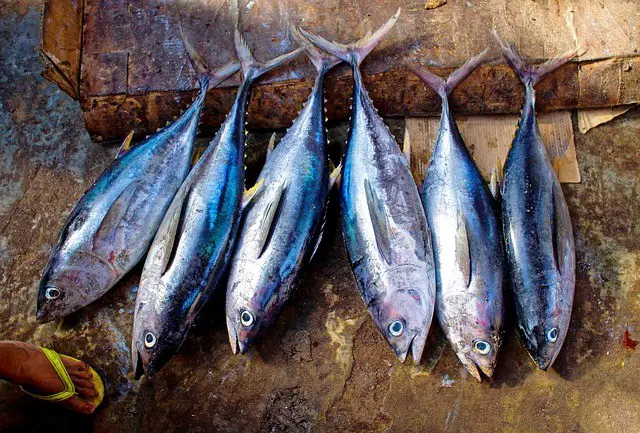
When you are told to eat fish, tuna is probably one of your best options. However, not all of them are considered healthy because of their mercury content. When choosing tuna, avoid bluefin tuna, bigeye steaks, and ahi tuna since these large fish are high in mercury.
Go for albacore tuna, commonly in cans, that is either troll or pole caught. Skipjack is your best bet since they are smaller light species with lower mercury content.
Tuna has a high cholesterol content, but as omega-3 FA and are rich in antioxidants to protect your body from oxidative stress. From 100 g of Skipjack tuna you will get 47 mg of cholesterol.
Sardines
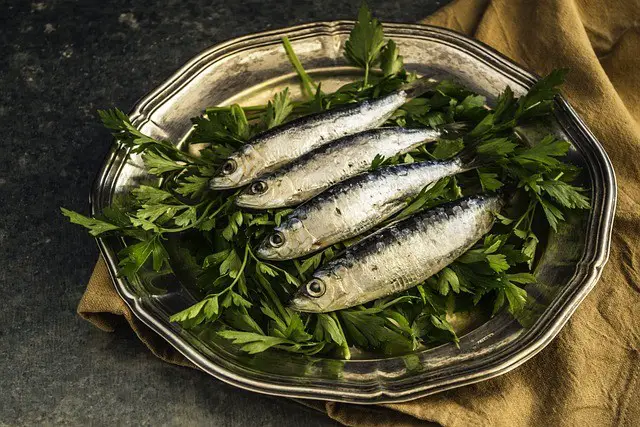
Pacific sardines have made a big comeback from natural collapse and overfishing since they are quick to reproduce. These once-endangered species have tiny edible bones packed with calcium for strengthening bones and teeth. They also contain more omega-3s than larger fish like salmon and tuna.
The inexpensive sardine is also rich in selenium, iron and vitamin D. Sardines canned in oil or tomato sauce are low in fat and may be a good choice for those with high cholesterol levels.
One ounce serving of Atlantic sardines canned in oil gives you 40.3 mg of cholesterol.
Lean Fish
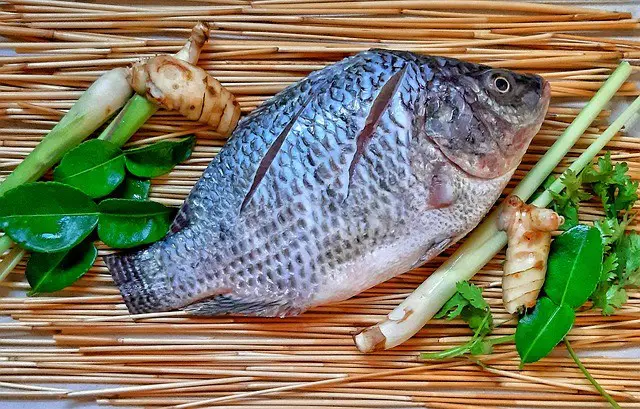
Why lean fish? This variety of seafood has fewer calories and higher protein content. Those who are “just not fish people” but want to add seafood into their diet can start with lean fish like tilapia and Cod.
Besides making it to the low cholesterol fish list, these don’t have much of a fishy taste and they easily take on the spicy flavor of your marinade masking the fishy taste.
Eating 100 g of tilapia will provide you with 50 mg of cholesterol.
Other seafood like crab, shrimp, clams, scallops, herring, and oysters are low-cholesterol fish you can incorporate into your low-carb, high-fat diet.
Wild Alaskan Pollock
You probably know this wild-caught, Northern Pacific Ocean fish from your fish sticks and other battered fish products. They are commonly used for this since they have a mild flavor and soft light texture, making them a kid’s favorite.
For those that love spices, this fish easily adopts the flavor of your marinades, which makes it stand out in a lot of dishes. It is also rich in omega 3s giving you about 50-1,000 mg of the FA per serving. Three ounces of Alaskan Pollock will provide you with 51.8 mg of cholesterol.
Mahi Mahi

Commonly known as dolphin fin, most people assume it is a mammal dolphin, which is not the case. This tropical firm fish is perfect for dishes that take a long to cook since it can stay without falling apart no matter the preparation.
One fillet of Mahi Mahi will provide you with 90 mg of cholesterol.
Rainbow Trout
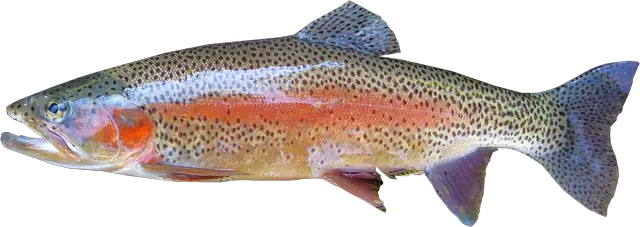
Among the best fish to eat when cholesterol levels are high is trout. Lake trout is usually high in contaminants that is the rainbow trout is recommended. Trout contains 70 mg of cholesterol which qualifies it for the low cholesterol fish list.
Pacific COD
Since they have a milder flavor than other fish, most picky eaters, and kids could enjoy them. This white fish is low in fat and high in protein which makes it a good choice for those struggling with hypercholesterolemia.
From 100 g of Pacific COD you will get 47 mg of cholesterol.
Worst Fish to Eat
Even as we are looking at the healthiest fish to eat to improve lipid profile, their other fish that have been advocated off the table by environmental organizations due to their high levels of contaminants.
Some of the fish have been posted by the Environmental Defense Fund as threatened species and fishing them to eat could lead them to be extinct.
- Bluefin tuna: this fish was marked as a threatened species in 2010. It also contains high levels of PCBs and mercury, which pose a risk to human health when consumed.
- Imported swordfish: This seafood has high levels of mercury that can damage your brain and nerves.
- Orange roughy: Also known as slimheads, this fish can live for up to 150 years. The fish lives for too long with high amounts of contaminants in its body, which eliminates it from a healthy diet.
- King mackerel: This fish may be a good source of omega 3s, but it has high levels of mercury which checks it off the healthy fish list.
What Seafood is Lowest in Cholesterol?
You can consume the following seafood to lower your cholesterol levels:
- Mussels: contains 28 mg of cholesterol in 100 g
- Clams: contains 30 mg of cholesterol in 100 g
- Scallops: contains 24 mg of cholesterol in 100 g
- Cockles: contains 0.47 g of total fat, including cholesterol in 100 g
- Oysters: contains 40 mg and 50 mg of cholesterol in 100 g of Eastern and Pacific oysters respectively
These are low in cholesterol and saturated fat to keep your blood lipids in check.
Final Thoughts
Fish does contain some cholesterol but the good kind that your body needs to improve your lipid profile. Some fish, however, like the Orange Roughy should be avoided since they are high in mercury and PCBs that can affect your health. Incorporate the ones in this low cholesterol fish list at least twice a week into your diet to enjoy the benefits they have to offer to your heart.
Which of the above healthiest fish to eat is your favorite? Drop your favorite recipe as well to touch someone’s heart, literally and figuratively!

